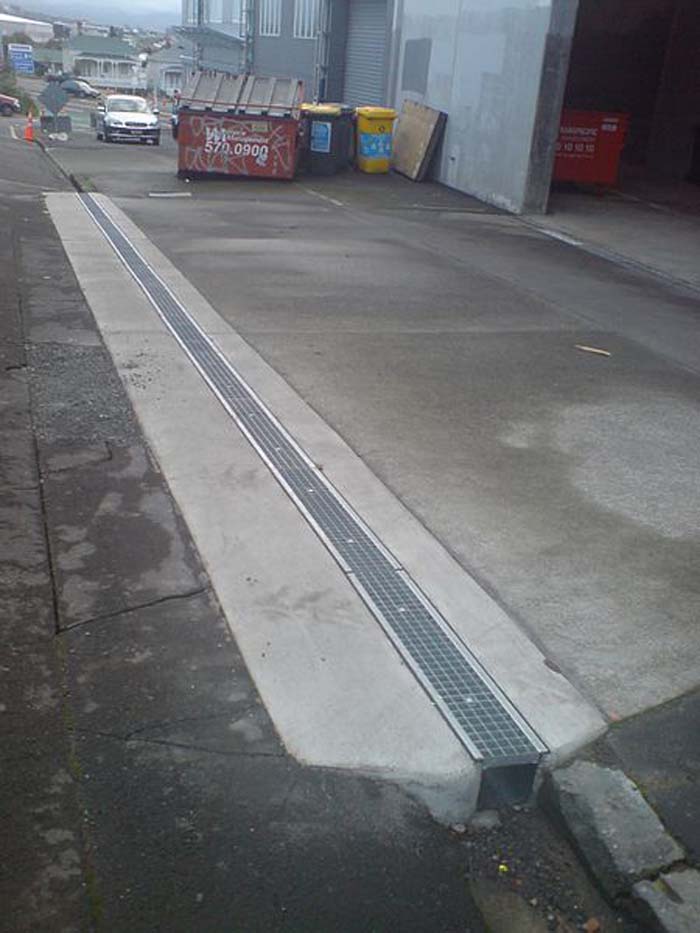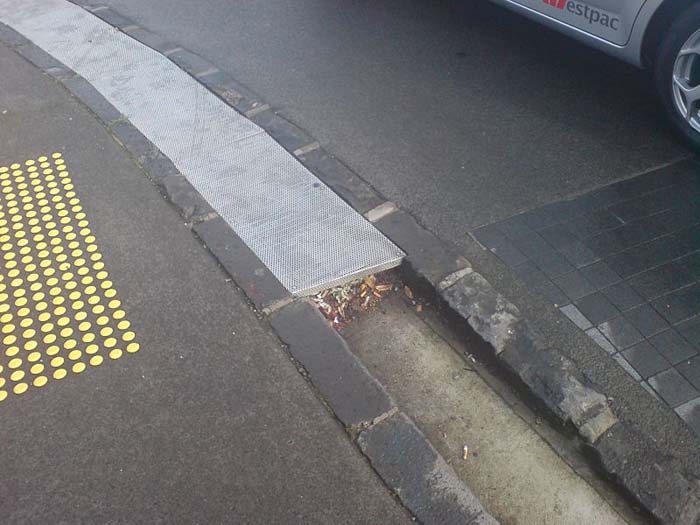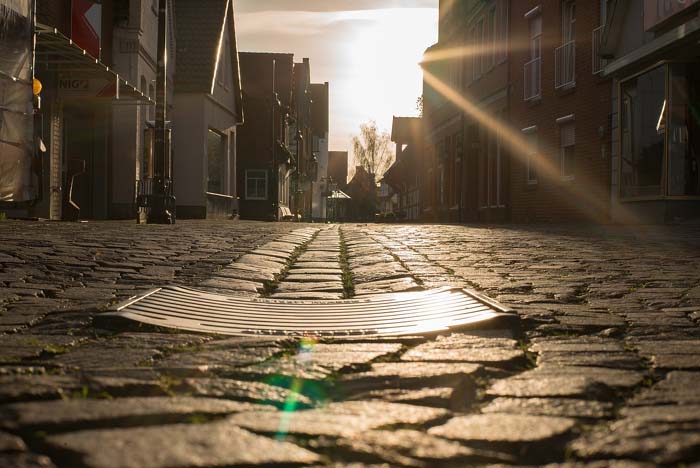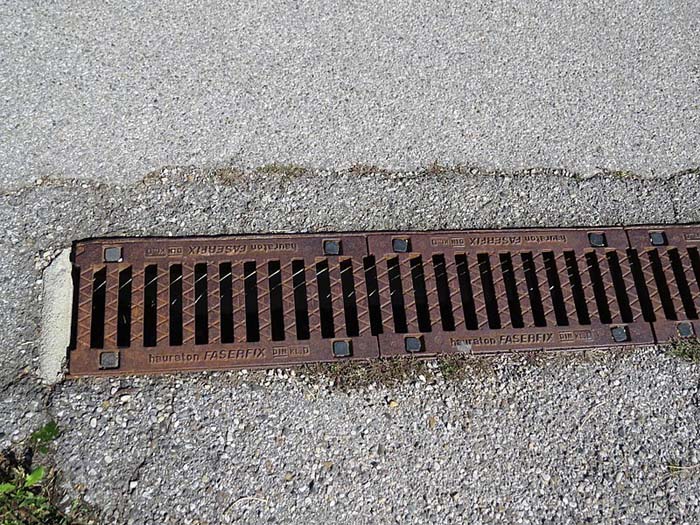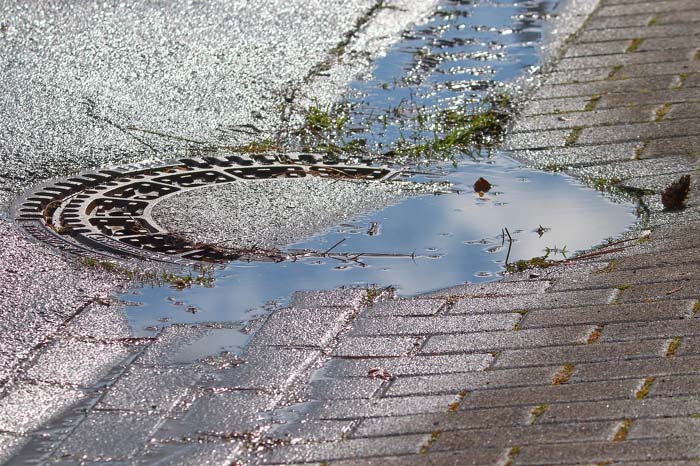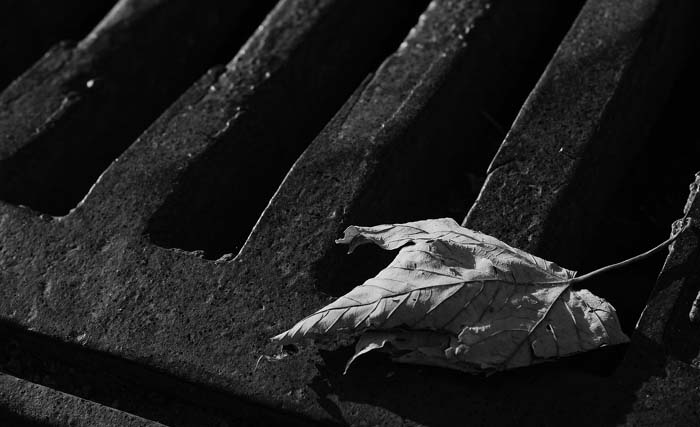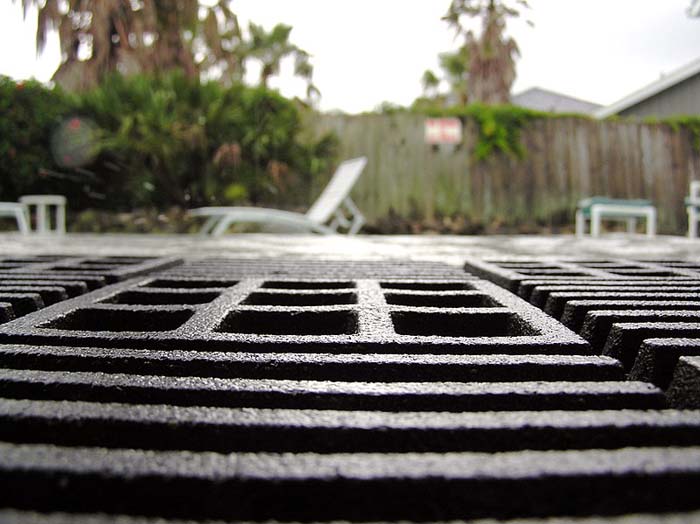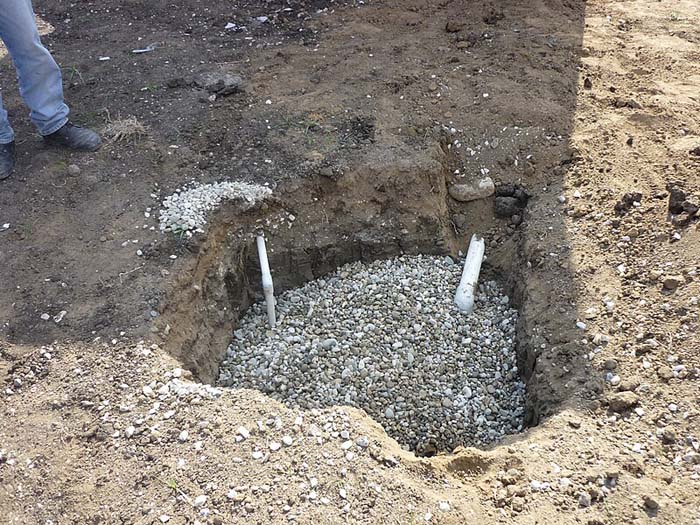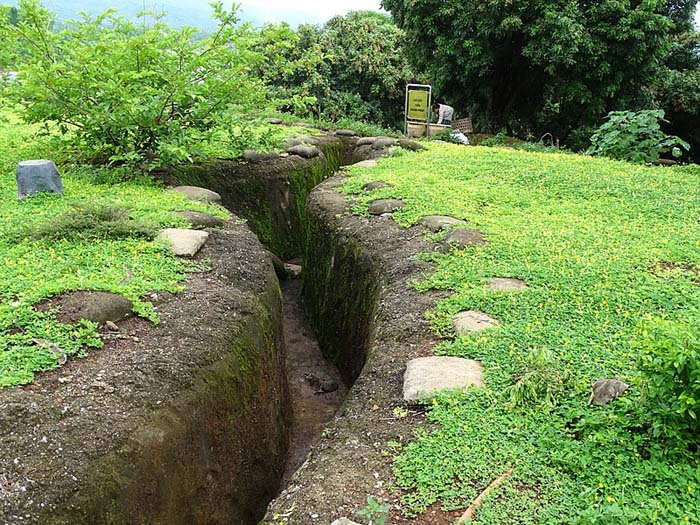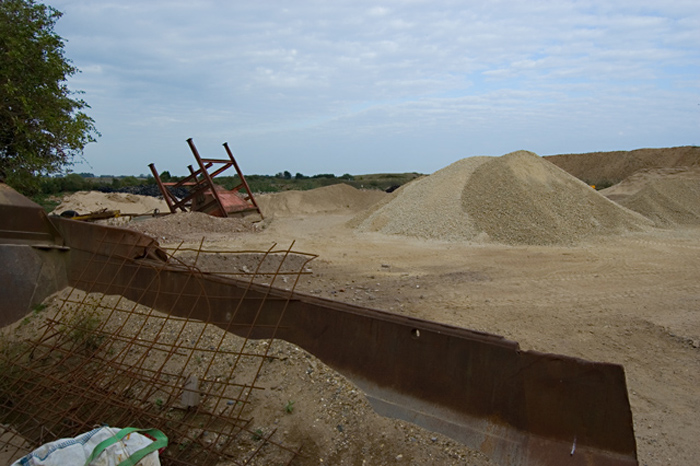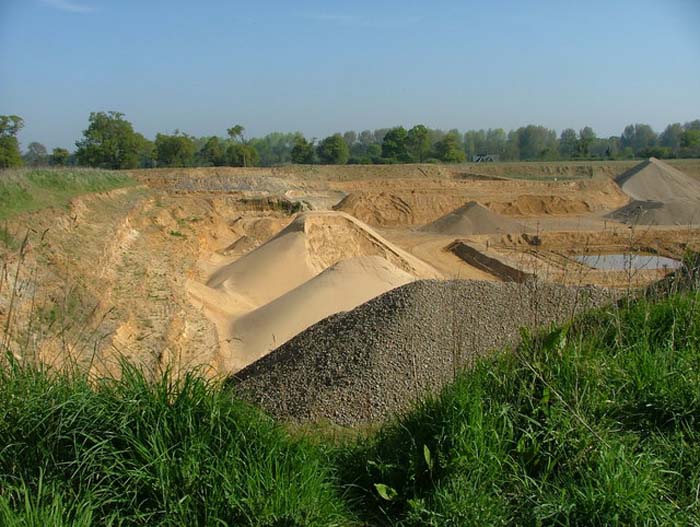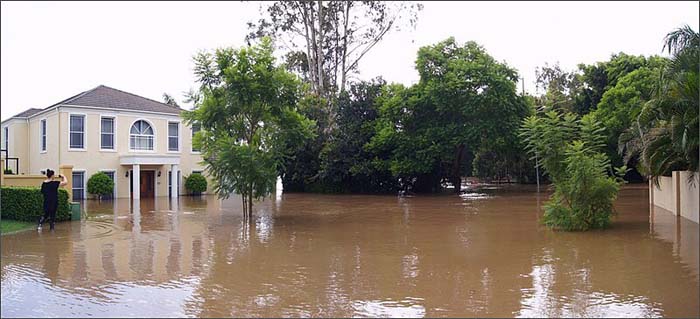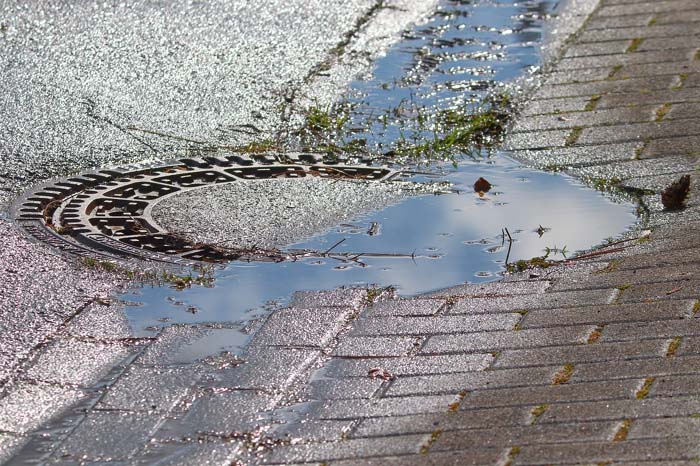
When deciding between a French drain and a channel drain, several aspects need consideration. These include the preferred aesthetics, the area you want to deal with, and the issue you want to solve. To make an informed decision, let’s compare and contrast the two and look at common-use scenarios for both.
Helpful information to help you decide between a French drain and a channel drain
The advantages of channel drains
- Visually appealing
Grates that blend in with their natural surroundings can seamlessly incorporate channel drains into landscape designs. Residential properties, public places, and gardens highly value their visual appeal.
Regarding surface water management, channel drains—linear drains or trench drains—are a popular choice in many different environments, from homes to factories. The main benefits of channel drainage are as follows:
- Compliance with regulations
Regulations in many areas mandate proper drainage for building projects. Channel drains are a great way to comply with your area’s environmental and construction codes.
- Reduced flood risk
Utilizing channel drains to collect and redirect water properly can reduce the risk of flooding. This becomes paramount, particularly in regions that experience frequent flash floods or high rains.
- Low maintenance
Once installed, channel drains need very little maintenance. Most of the time, you only need to clean the grates regularly and periodically empty the channel of debris to keep them in good working order.
- Many possible uses
Channel drains have practically endless applications. They are ideal for industrial plants, pool decks, sidewalks, driveways, sports fields, patios, and parking lots.
- Improved safety
Channel drains help prevent slips and falls by decreasing standing water on surfaces. This is of utmost importance in locations that experience heavy vehicular or pedestrian traffic.
- Durability and longevity
Long-lasting materials used to make high-quality channel drains include composites based on polymers, stainless steel, or concrete. This guarantees that they will endure harsh environments, chemicals, and large weights for an extended period of time.
- Customizable design
Channel drains come in a wide range of styles, materials, and sizes, allowing customization to meet individual requirements. You can customize them to manage varying flow rates, and they come in various grating designs to match aesthetic tastes.
- Benefits to the Environment
Stormwater runoff management systems can incorporate channel drains to mitigate the environmental impact. They may also recommend environmentally friendly drainage options such as filtration systems or retention ponds.
- Efficient surface water management
A channel drain is an effective method for collecting and channeling surface water. Because of its long, linear shape, it can cover more ground, making it perfect for places where water collects.
Channel drains are a practical, long-lasting, and adaptable way to handle surface water. This helps with regulatory compliance, aesthetics, and safety.
French drains have advantages.
French drain installation is a common method of controlling runoff and protecting against floods and other water-related problems. Their primary function is to regulate the flow of water in commercial and domestic landscapes.
- Effective water management
French drains are a practical solution to water pooling around buildings, gardens, and other structures. They help avoid foundation damage, erosion, and floods.
- Basement flooding prevention
Installing French drains in a basement is one way to keep water out of the house. By diverting water from the foundation, they minimize the likelihood of water damage and flooding in the basement.
- Decreased soil erosion
Implementing French drains, which restrict the flow of water, can help mitigate soil erosion in areas that experience water runoff or excessive rainfall. This is of paramount importance for hilly or sloped areas.
- Gardens and landscaping protection
French drains help preserve landscape health by avoiding soil erosion and overwatering. This is a lifesaver in gardens where standing water can harm structures and plants.
- Versatile applications
French drains have several potential applications, such as sports fields, commercial properties, residential yards, and other areas. They can easily adjust to various landscapes and meet the demands of water management systems.
- Minimally invasive installation:
French drain installation may be more relaxed than other drainage methods. Their ability to complement the surrounding scenery means they will stay within the property’s curb appeal.
- Cost-effective
While the exact price tag will depend on the intricacy and breadth of the drain installation, French drains are often considered a budget-friendly option. They are typically low-maintenance and, if installed correctly, can survive for a long time.
- Prevents water damage to structures
French drains are an excellent way to keep water away from foundations and buildings, preventing mold and structural problems while improving the property’s durability and stability.
- Low maintenance
Once set up, French drains need very little maintenance. Typically, all it takes to keep them working is an occasional inspection to ensure they are clear of debris.

- Customizable design
You can alter a French drain’s depth, length, and material to meet the demands of a particular project. Because of their adaptability, they can meet a variety of drainage needs.
French drains are generally considered an efficient and dependable solution for managing water and safeguarding property from the negative consequences of excess water.
Can you drive over a channel drain?
Yes, driving over a channel drain is possible, but only if the drain is adequately reinforced to handle the anticipated traffic. Channel drains—also called trench drains—are frequently utilized when managing water runoff in locations such as garages, parking lots, driveways, and more.
Before you drive over a channel drain, think about these important things:
- Drain cover/grate
The grate or cover that encases the channel drain should not disrupt vehicle traffic. Grates intended solely for pedestrians could sustain damage from heavy vehicles.
- Installation quality
The stability of a channel drain depends on its placement. To prevent shifting or damage, ensure the drain receives proper support, bedding, and backfill before vehicles drive over it.
- Maintenance
At all times, keep the channel drain clean and free of debris. Debris accumulation or clogging of the drain can weaken it and potentially cause damage if driven over.
If the drain and its parts are built, installed, and kept up to code, driving over a channel drain shouldn’t be a problem. If in doubt, consult a drainage expert or the manufacturer to ensure the drain’s suitability for vehicle traffic.
- Load capacity
Please verify the channel drain’s load rating. Usually, we assign various traffic levels to drains, ranging from light foot traffic to heavy vehicle traffic. Before installing a drain, check its classification to ensure it can carry the expected load.
Which is better?
- A French drain may be better for dealing with groundwater problems or water accumulating in expansive areas such as gardens or lawns.
- A channel drain is a way to solve surface water problems on hard surfaces, such as areas surrounding pools, patios, or driveways.
Conclusion
A mix of the two may be necessary in some situations. A French drain can manage groundwater around a home’s foundation, while a channel drain can handle surface water in the patio or driveway area. Before selecting a final choice, consider the aesthetics, drainage problems, and maintenance needs.

